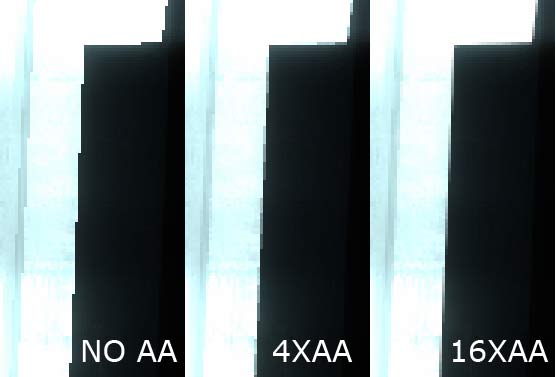Hi.
How can I use AntiAlias ?
I found some versions, but
1.) The sides where transparent
2.) There where black lines between all Faces…
How can I use AntiAlias without this bad effects ??
And HOW can I use Lights ???
I want to create a light, that makes the head of the player brighter… how could I do this ?
And, how much power (CPU/GPU) do Lights/AntiAlias need ? Very much ?
So how can I test how many models/Vertices I can load ?
Is the power management of OpenGl as good as that of DirectX ?
Which are the best OpenGL drivers (best SDK) for a Nvidia GeForce 6200 ?
And is it better to use QUADS instead of TRIANGLES ?
Sorry for this long post, so many questions and so much themes, but I would be VERY happy if you could answer some of them…
Please help !! :sorrow:

